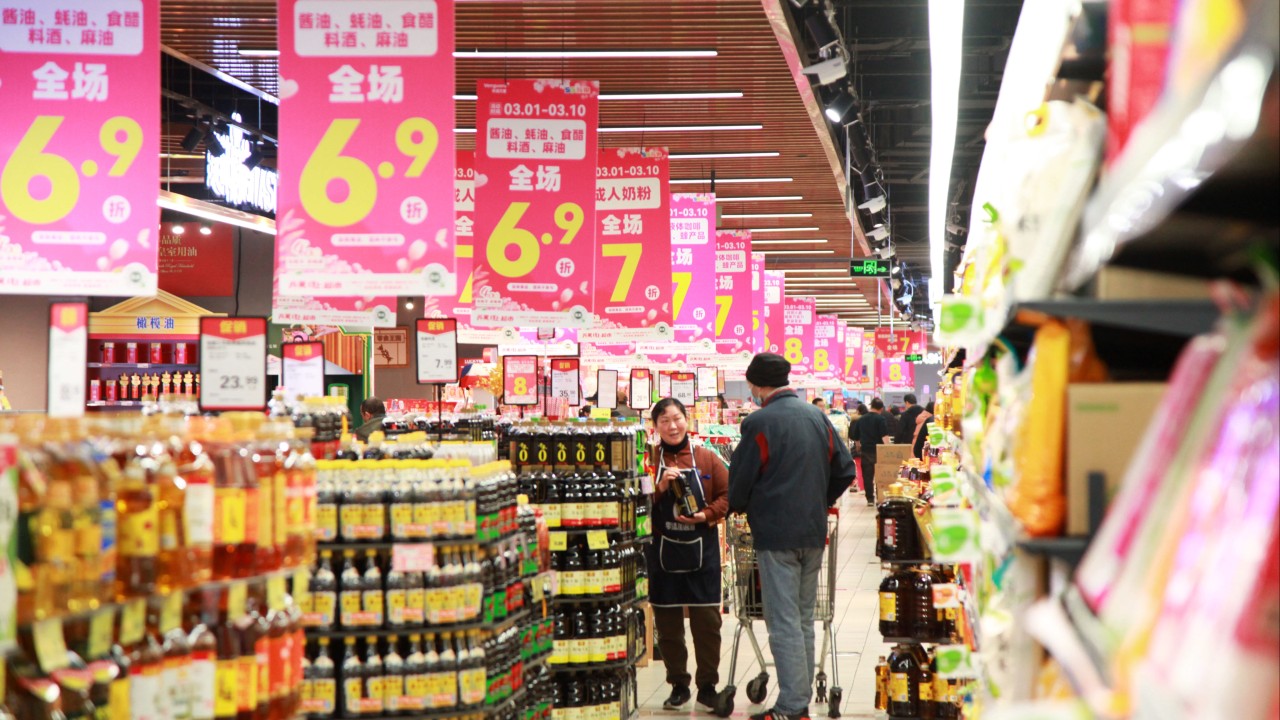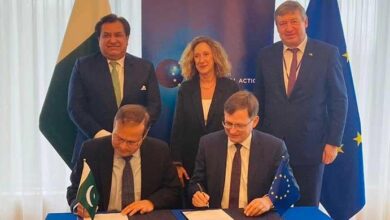China inflation surprise ‘not a recovery in final demand’: 4 takeaways from July’s data


The overall CPI reading beat the expected 0.29 per cent growth projected by economists polled by Chinese financial data provider Wind.
Within the CPI, food prices remained unchanged in July from a decrease of 2.1 per cent in June, while non-food prices increased last month, year on year, rising by 0.7 per cent after having risen by 0.8 per cent in June.
Higher pork and vegetable costs drove up the overall prices, with pork prices seeing the fastest year-on-year growth since 2022.
In contrast, non-food inflation moderated slightly, dragged by down by transport facilities, communications facilities and rents.
On a month-on-month basis, China’s CPI in July rose by 0.5 per cent following a 0.2 per cent decrease in June.
“The surprising rise in CPI inflation was mainly led by strong food price inflation, which was largely driven by adverse weather conditions in parts of the country, including both extremely high temperatures and flooding,” said analysts at Nomura.
2. Factory-gate prices remain soft
China’s producer price index (PPI) – which measures the cost of goods at the factory gate – slipped by 0.8 per cent last month, falling for the 22nd consecutive month and registering the same drop seen in June.
The reading was in line with the expected 0.78 per cent decrease projected by Wind.
Sequential PPI inflation also remained tepid in July at minus 0.2 per cent, month on month, unchanged from June.
“The soft PPI print, despite a low base from last year, was due both to weak domestic demand and falling global commodity prices,” said analysts at Nomura.
3. Core inflation drops
China’s core inflation, which excludes volatile food and energy prices, rose by 0.4 per cent last month compared with a year earlier, down from 0.6 per cent in June.
Analysts at Nomura expected that core inflation would remain at 0.4 per cent in August.
4. Inflation set to trend a little higher in the coming months
Nomura’s analysts expect CPI inflation to rise further in August to 0.6 per cent, year on year, due to extreme weather.
“Since core inflation actually dropped to 0.4 per cent, year on year, in July from 0.6 per cent in June, we believe the increase in headline CPI inflation does not reflect a recovery in final demand and thus will have no impact on policies and interest rates,” they added.
PPI inflation, meanwhile, may drop again to minus 1.2 per cent, year on year, in August on falling global commodity prices, according to Nomura.
With low inflation and weak credit activity, domestic factors continue to favour further monetary policy easing
“We expect economic growth to drop further in the second half on worsening headwinds, and Beijing might be compelled to step up supportive measures in the fourth quarter,” they added.
Lynn Song, chief economist for Greater China at ING, agreed that conditions were in place to see inflation trend a little higher in the coming months, but he added that this should not impede further monetary easing.
“With low inflation and weak credit activity, domestic factors continue to favour further monetary policy easing,” he said.
“We continue to look for at least one more rate cut this year, with the potential for more if global rate cuts accelerate.”
Source link



